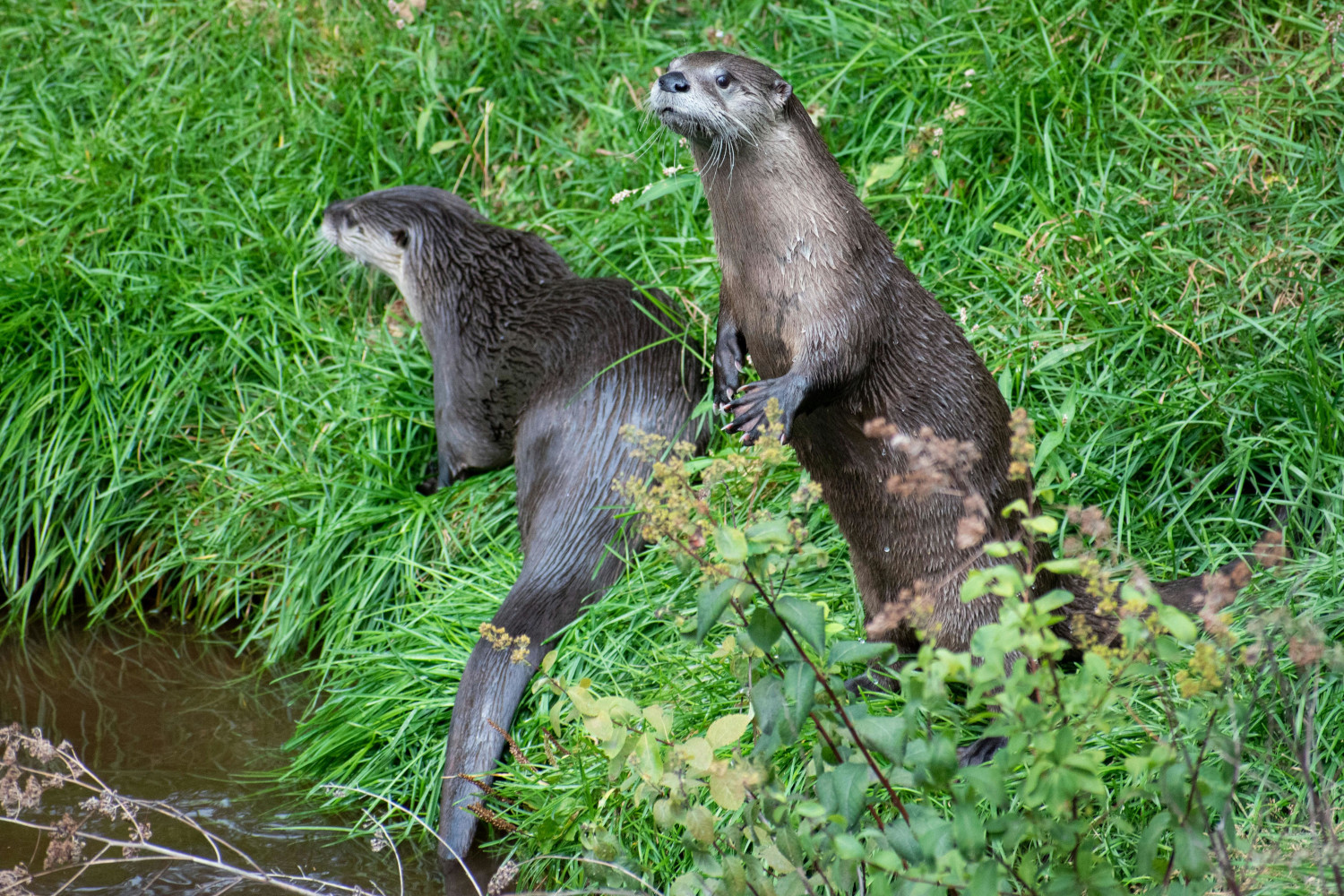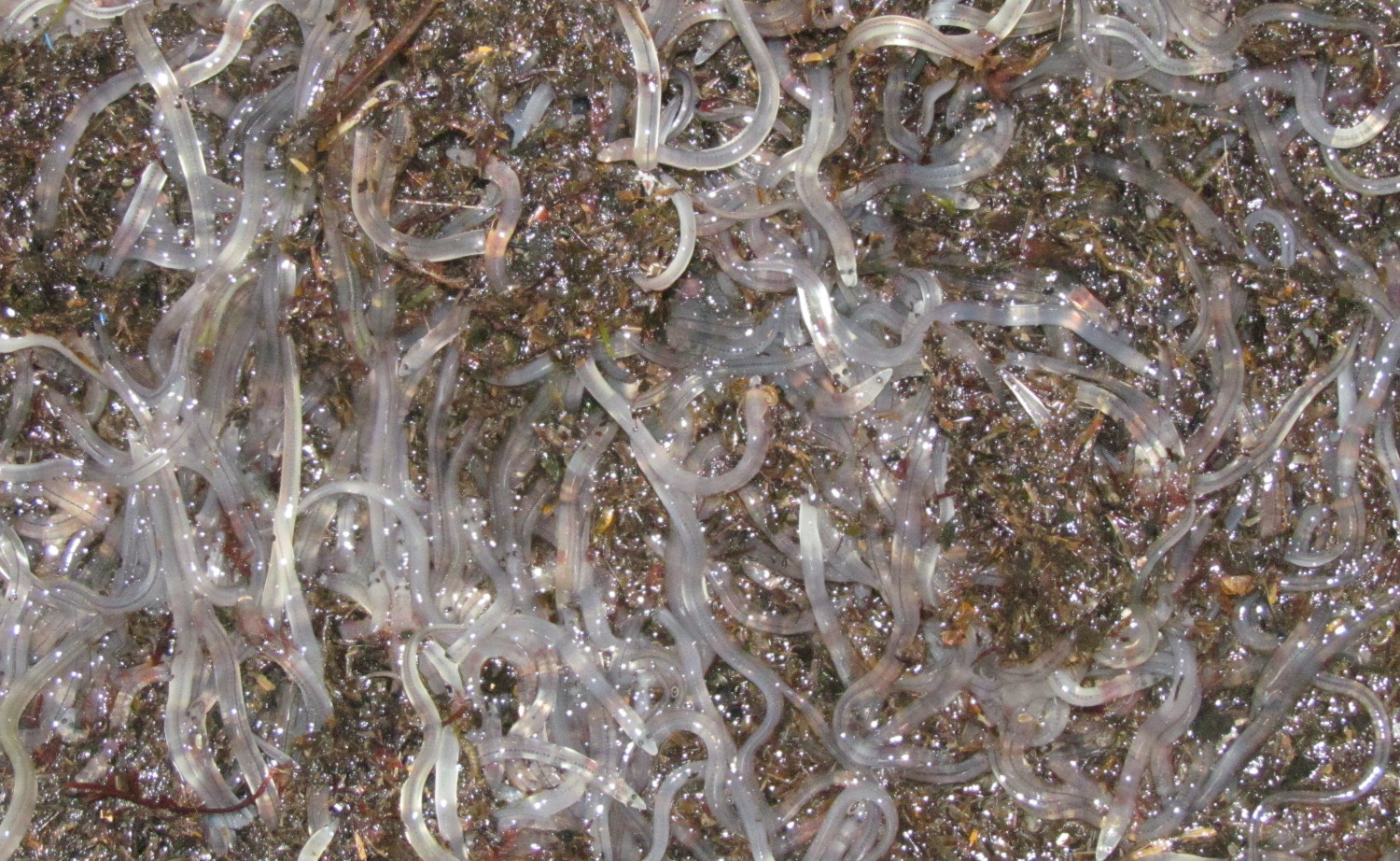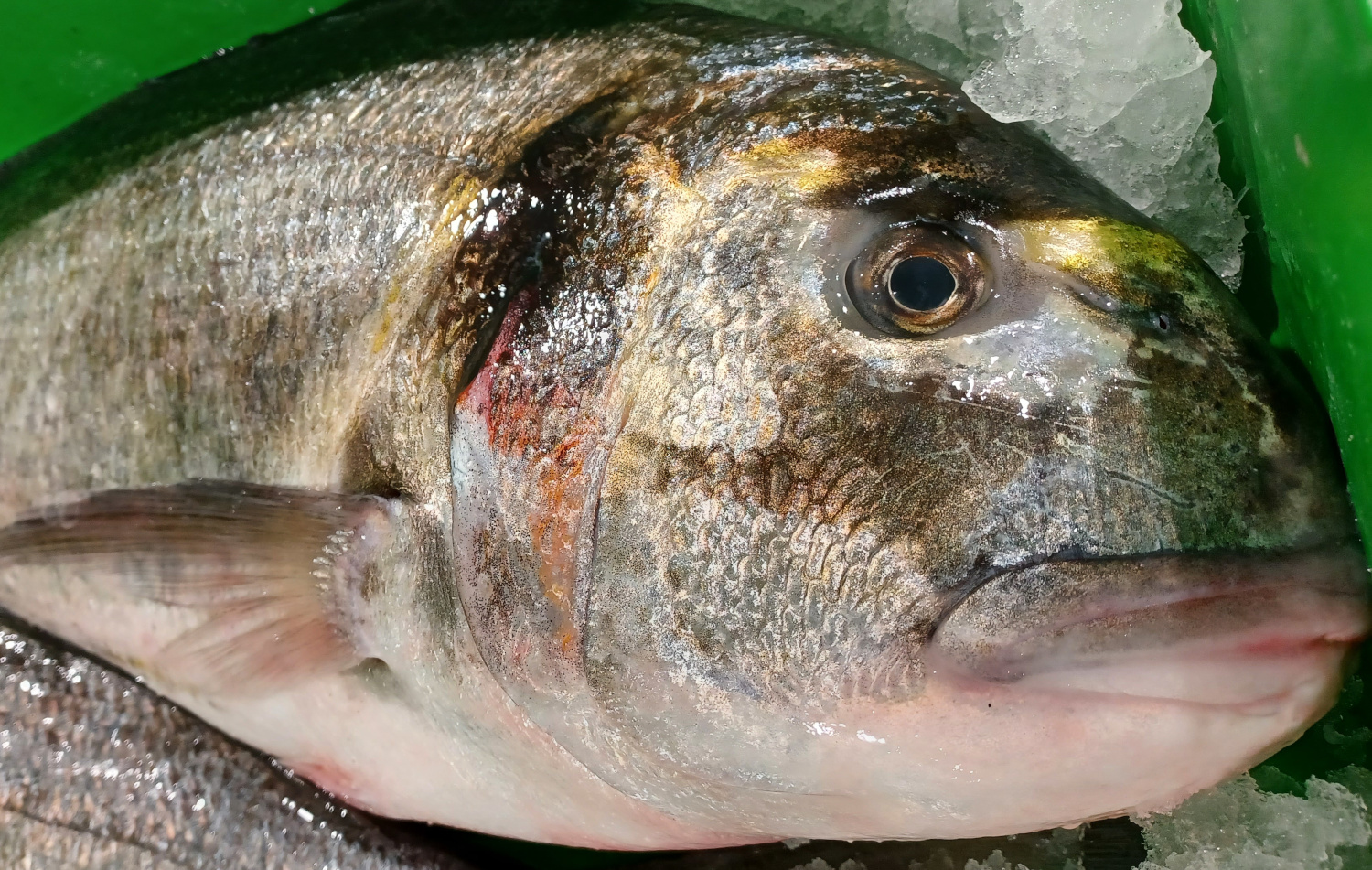Bells everywhere
- Taxonomy is the field of science that aims to differentiate and identify species taking into account their minimal characteristics. A thousand origins, a thousand common names and a single scientific name. Consensus on names is a difficult task and as important as ensuring that we are around a particular species.

Blue bell (Rhizostoma octopus)
Group: Invertebrate/ Macroplankton Verdoso/ Cnidario/ scyphomedusa.
Measure: They may have a diameter greater than 150 cm and a weight greater than 25 kg.
Where does he live? On the high seas. But the polyp is spread on the coast, from where young jellyfish emerge (ephyras).
What do you eat? Plankton and small crustaceans.
Level of protection: Not protected.
In the Gulf of Bizkaia, with confusions between species everywhere, we can find examples of jellyfish of the genus Rhizostoma, so well known in summer. In the Cantabrian we can find two species of this group: Rhizostoma octopus (Gmelin, 1791) and Rhizostoma luteum (Quoy et Gaimard, 1827). However, the name of the jellyfish Rhizostoma pulmo (Macri, 1778) found in Mediterranean waters has sometimes been used. So we could also talk about the Atlantic copy of R. octopus R. pulmo.
As with living notes, it is not an easy group to investigate, but in the last decade great advances have been made in the research of its life cycle. Although there will be young specimens in all species of the genus Rhizostoma, they are difficult to observe since they are 3 to 4 cm clear jellyfish. Adult bells, however, may be over 150 centimeters in diameter and there are jellyfish over 25 kg.
R. octopus is the immense jellyfish that we can find in the Cantabrian and Zurriola, Saturraran or Ondarraitz that caresses. Although in many places and languages it is known as “Kupel jellyfish”, “Mar Lung” or “Cauliflower”, in our case it is “Blue Bell”. To the north of our warm sea, for example in the Irish Sea, it is easier to observe it in large groups, while here, individually and in small quantities. Skin turtles and lunar fish are lovers of this jellyfish and perform thousands of marine miles in search of this prey, visiting the cold northern waters.
The blue bell can have different colors throughout your life: white or yellowish, green, blue, pink or brown. But it has a purple crown that deserves special attention: it decorates the entire edge of the bell giving color to its 112 rounded lobes. In addition, the eight oral arms under the hood are indicative for the identification of the species, with a structure in the form of a cauliflower. In these arms they have hundreds of small tentacles, provided with urticating cells called nematocysts that will use them for hunting and defense.
The other bell we can find in our waters is the white bell (R. luteum). It has been missing for many years, because it has been misidentified, by being confused with other members. The white bell is more abundant than expected, from the Cantabrian Sea to South Africa.
Two characteristics stand out among them: a violet crown on the edge of the bell and the morphology of the arms of the mouth. The blades of the white bell have the shape of a long tassel, which can reach three meters in length, usually pale yellow, with purple tones at its end.
Notice, then, if next time we see jellyfish at sea, not all of them are the same.
Itsasoan badira landareen itxura izan arren animalia harrapari diren izaki eder batzuk: anemonak. Kantauri itsasoan hainbat anemona espezie ditugun arren, bada bat, guztien artean bereziki erraz atzemateko aukera eskaintzen diguna: itsas-tomatea.
Ugaztunei eskainitako azken artikuluaren amaierako hitzak hurrengo animalia aurkezteko aitzakia paregabea dira. Bertan esaten genuen muturluzeak erreka “garbi eta txukunak” behar dituela, kutsadurarik gabeak baina elementu natural anitzekin. Animalia txiki horren... [+]
Antxoa, bokarta edo albokartia, gure arrain komertzialen artean txikiena, euskal kostaldera hurbildu da.
Katalanen ustetan artzainak engainatzen omen ditu hegazti honek: “enganyapastors”. Espainiar eta latindarrek, aldiz, ahuntzari esnea kentzen diola diote, hortik datorkio hain zuzen ere izen zientifikoan (Caprimulgus europaeus) islatzen den caprimulgus (capra... [+]
Leihatila honetan behin baino gehiagotan azaldu ditugu Ama Naturaren engainuak bere izakiak babestearren. Batzuetan, erle edo liztor itxura zuten euliak ekarri ditugu, beste batzuetan inongo arriskurik ez duten arrisku-kolorazioko intsektuak ere bai (kolorazio aposematikoa... [+]
Nekazal eremu lehor baten erdian ageri da putzua. Txikia da tamainaz, eta ez oso sakona. Egunak dira euririk egiten ez duela, baina oasi txiki honek oraindik ere aurretik bildutako urari eusten dio. Gauak eremua irentsi du eta isiltasunaren erdian kantu bakarti bat entzun da... [+]


















